Articles
-
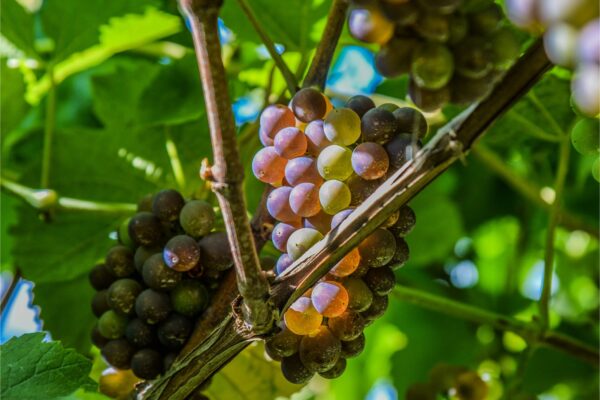
Understanding Pinot Grigio
Pinot Grigio, also known as Pinot Gris, has become one of the world’s most popular grapes for white wines. This versatile grape variety produces wines ranging from light and crisp to rich and full-bodied, appealing to a wide range of consumers. Despite the often disdainful attitude towards it from wine aficionados, Pinot Grigio has established…
-

Understanding Greek Wines
Greek wines have a rich history dating back thousands of years, with a diverse array of grape varieties, wine regions and styles that are gaining increasing recognition on the global stage. White wines make up about 60% of total production, while red wines account for about 40%. Greece has a significant number of wineries, ranging…
-
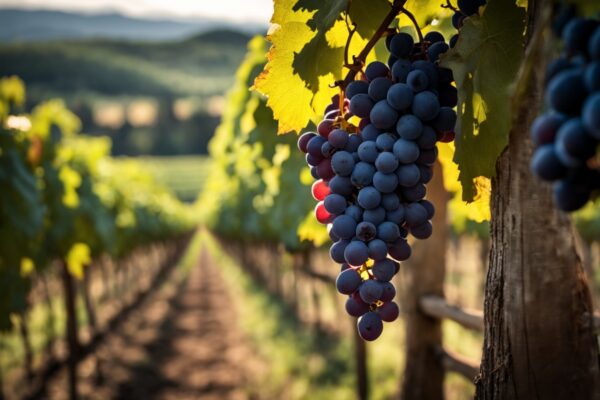
Understanding Pinot Noir
Pinot Noir is a captivating red wine that transcends its reputation as merely a lighter red option. The name ‘Pinot Noir’ derives from the French words for ‘pine’ and ‘black’, referring to the grape’s tightly clustered, pine cone-shaped bunches and dark skin. This noble grape variety thrives primarily in cooler climates, with its spiritual home…
-
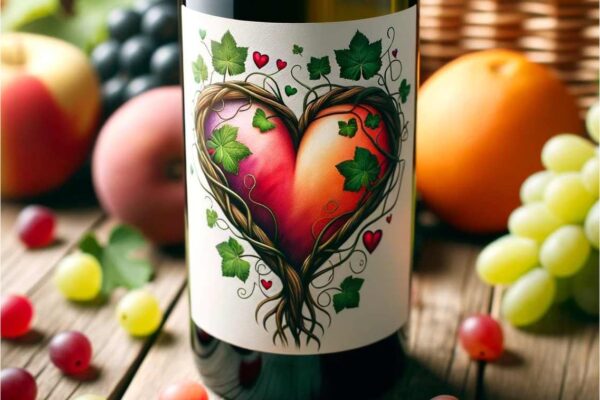
Wine and Health
Recent declines in wine consumption have been linked to growing public health concerns, particularly those raised by the World Health Organisation (WHO) who have increasingly voiced concerns about alcohol consumption, culminating in a statement declaring that there is “no safe level” of alcohol consumption. This message reflects the influence of public health campaigns and some…
-
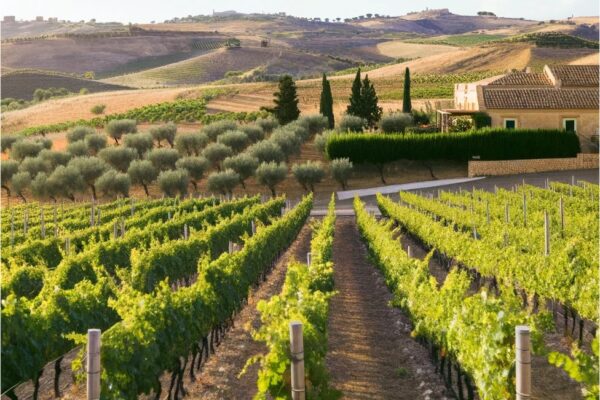
Understanding Sicilian Wines
Sicily, the largest island in the Mediterranean, is not only known for its rich history and stunning landscapes but also for its vibrant and diverse wine culture. The Controlled Designation of Origin (DOC) for Sicilian wines was established on 22nd November 2011. Wine Regions of Sicily Sicily’s main wine regions can be broadly divided into…
-
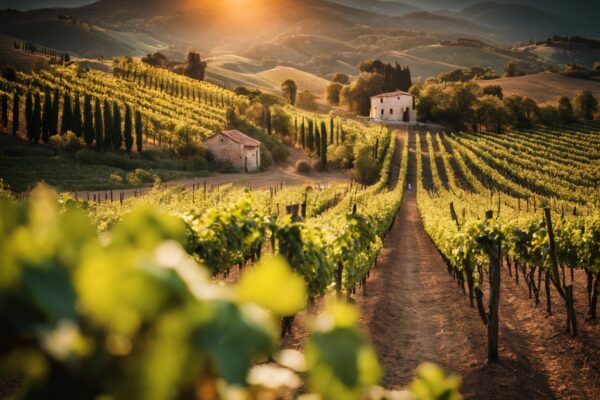
Understanding Italian Wines
Italy’s wine is an intricate tapestry woven from centuries of tradition, regional diversity and a large number of grape varieties. Each of Italy’s 20 regions offers a unique contribution to the country’s vast and varied wine portfolio: In 2022, Italy was the world’s largest wine producer accounting for nearly one-fifth of the global wine supply….
-
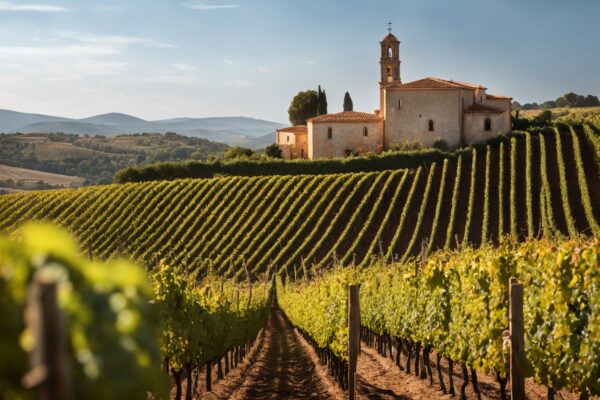
Understanding Spanish Wines
Spain is one of the world’s largest wine producers, consistently ranking within the top three countries, with an annual production that typically exceeds 30 million hectolitres. The country’s vast vineyard area, the largest in the world, allows for a wide range of wine styles, influenced by the varying climates and soils across different regions. The…
-

Understanding Bordeaux Wines
Located in the southwest of France, Bordeaux is renowned for its vast vineyards and historically significant châteaux. As the largest French region for quality wine production, Bordeaux’s influence stretches across centuries, shaping the taste and expectations of wine enthusiasts around the world. The Bordeaux wine industry is comprised of approximately 5,000 winemakers and 29 cooperative…
-
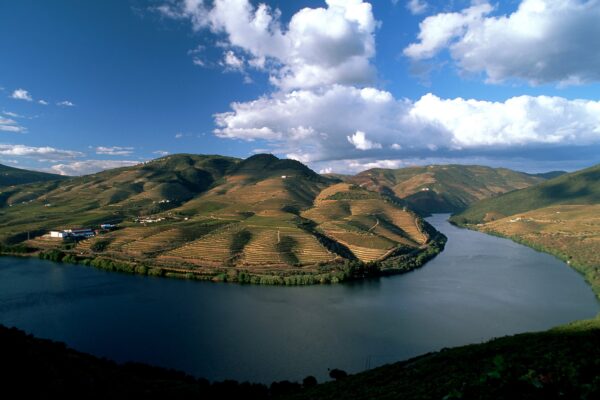
Understanding Portuguese Wines
Portugal’s winemaking heritage is not only shaped by the country’s extensive range of climates and terroirs but also by the passionate commitment of its winemakers to both innovation and the preservation of centuries-old practices. In 2020, Portugal solidified its position on the international wine stage as the 10th largest exporter by volume and 11th by…
-

Understanding Furmint
Furmint is a white Hungarian grape variety that plays a significant role in the production of Tokaji Aszú, one of the world’s oldest sweet wines. However, Furmint is also used to make a variety of other wine styles, each showcasing the grape’s versatility and unique characteristics. Furmint is also grown in Slovenia, Slovakia, Croatia, Austria…
-
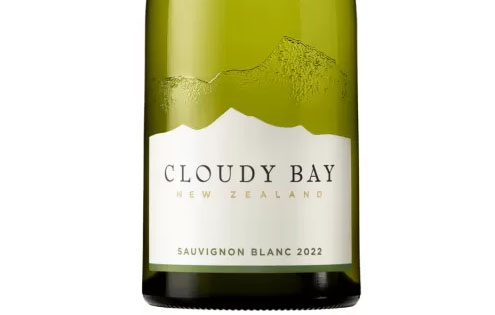
Understanding New Zealand Wine
New Zealand produces only 1% of the world’s wine but has carved a niche for itself. With 731 wineries, over 80% of which export to international markets, New Zealand has firmly established its presence internationally. The UK has become the second-largest market for these wines, following behind the USA. The international breakthrough for New Zealand…
-

Understanding Australian Wine
Despite Australia’s immense size, only about 145,000 hectares, about 0.02% of its landmass, is dedicated to vineyards. For comparison, the vineyard area is roughly equivalent to the combined regions of Bordeaux and Burgundy, in France. Australia’s wine regions, numbering over 65 and hosting more than 150 grape varieties, are scattered across various states including New…
-
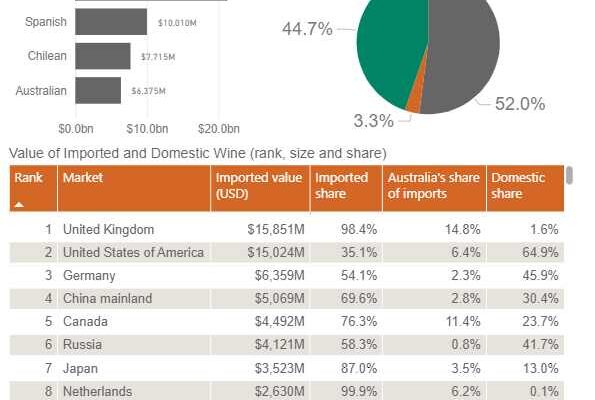
Global Wine Trends: Consumption and Market Shares
Wine Australia’s Market Explorer provides fascinating insights into the global wine market, revealing not just how different countries consume wine, but also the nuances of the market shares. The data paints a picture of the dominance of domestic wines globally, holding a majority market share of 52%. This suggests a prevalent preference for locally produced…
-

Understanding Rioja
The Rioja region of Spain stretches from Tormantos to Alfaro and represents a tapestry of diverse climates, terrains and winemaking traditions. The 100 km expanse between these western and eastern limits encompasses the Atlantic and Mediterranean climates, fostering a unique environment for viticulture. The name ‘Rioja’ comes from the River Oja (Rio Oja in Spanish),…
-
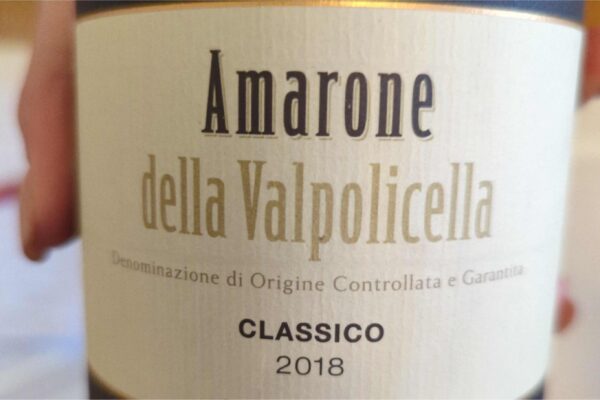
Understanding Valpolicella and Amarone
Valpolicella is a wine-producing region in Italy combining traditional techniques with the variable geography of the Verona province. Located between the Lessini Mountains and Lake Garda, Valpolicella’s landscape has a varying terrain – mountainous areas, hilly vineyards and fertile valley floors. In 2020, this region boasted a large €600 million turnover, with a significant 70%…
-
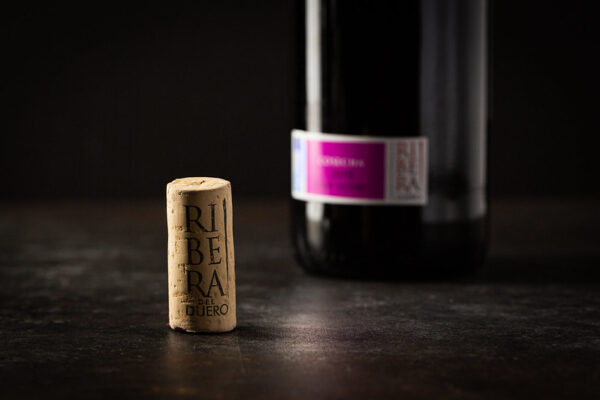
Understanding Ribera del Duero
Ribera del Duero, a wine region in Spain, is mainly known for its red wines. Situated along the Duero River in the northern plateau of the Iberian Peninsula, Ribera del Duero benefits from a unique climate, higher altitude and a rich winemaking heritage. The region gained its Denominación de Origen (DO) status in 1982. The…
-

What is Sustainable Wine?
Sustainable wine covers a range of practices aimed at diminishing the adverse impacts of wine production on the planet while ensuring the long-term viability for the industry. At the core of sustainable wine are organic and biodynamic practices. These are concerned with minimising the negative environmental impact of farming and food production and promoting soil…
-
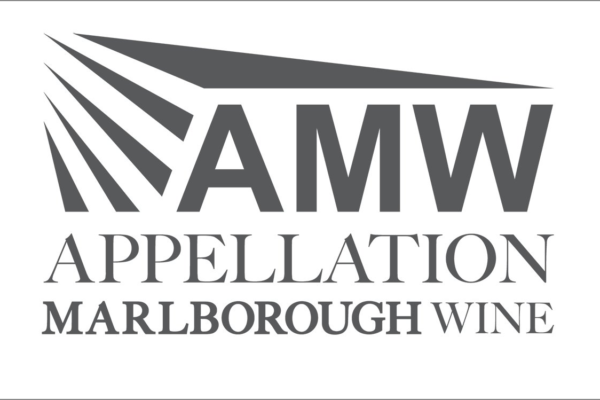
What is Appellation Marlborough Wine?
Appellation Marlborough Wine (AMW) is a certification mark signifying a commitment among some winemakers in Marlborough, New Zealand, to uphold high-quality standards and preserve the unique characteristics of wines produced in this region. Initiated and trademark registered in 2018, AMW primarily aimed to safeguard the authenticity, origin and integrity of Marlborough’s popular Sauvignon Blanc. The…
-

Italy’s Wine Classifications
The top of Italian wine classification is the Denominazione di Origine Controllata e Garantita (DOCG). Wines under this category have undergone the most stringent regulations. They come from precisely delineated regions and have passed a meticulous taste examination and chemical tests. The regulations encompass aspects ranging from grape varieties and wine production methods to specific…
-
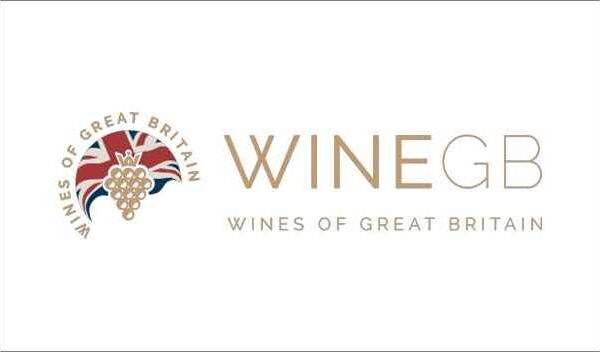
Who are WineGB?
The UK wine production industry has seen a remarkable surge in recent years, and at the forefront of this burgeoning sector is Wines of Great Britain Limited, commonly known as WineGB. Established on 1st September 2017, WineGB emerged from the merger of two key industry bodies: the United Kingdom Vineyards Association (UKVA) and English Wine…
Recent
-
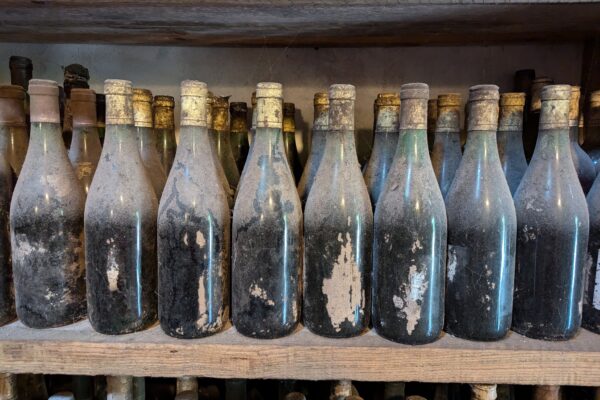
Reducing the Cost and Time of Wine Ageing?
-
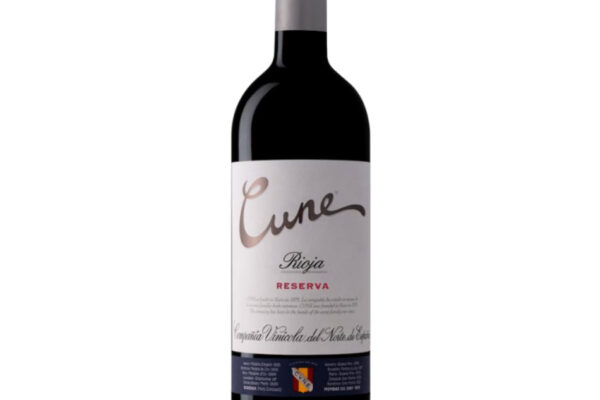
C.V.N.E Cune Rioja Reserva
-
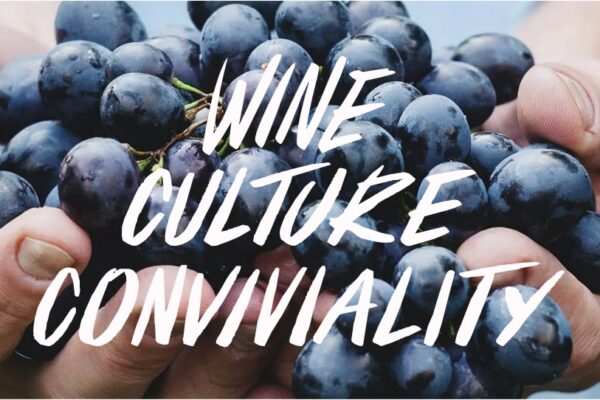
European Wine Industry Unites to Combat Anti-Alcohol Movement
-
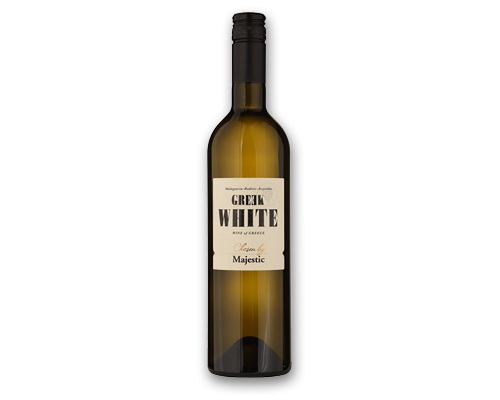
Chosen by Majestic ‘Greek White’
-

25% Off Wine at Sainsbury’s
-
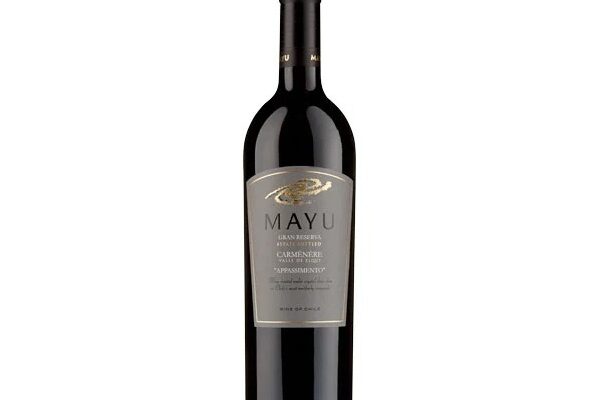
Mayu Carménère Appassimento
-
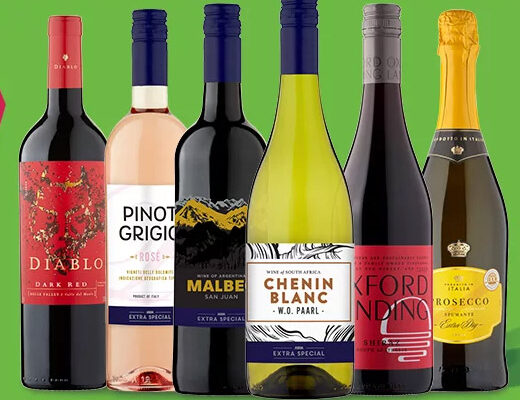
25% Off Wine at Asda
-
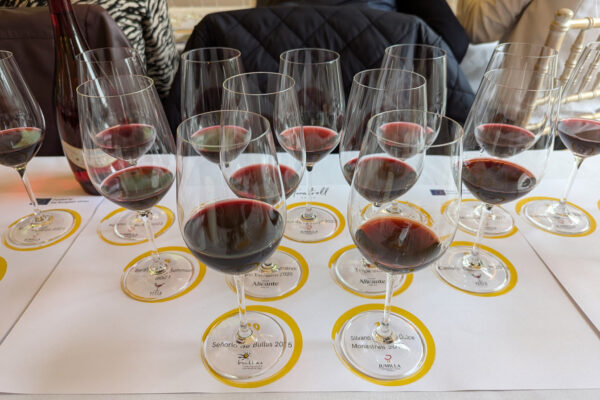
Monastrell Masterclass and Tasting
-
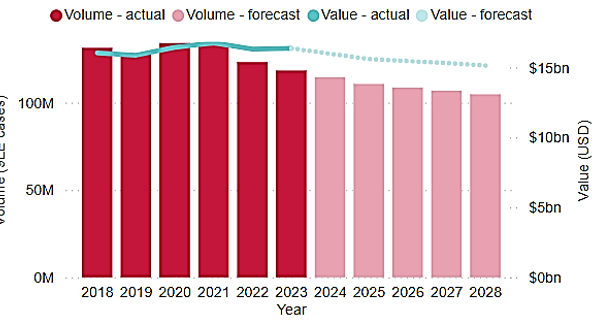
Insights into the UK Wine Market
-
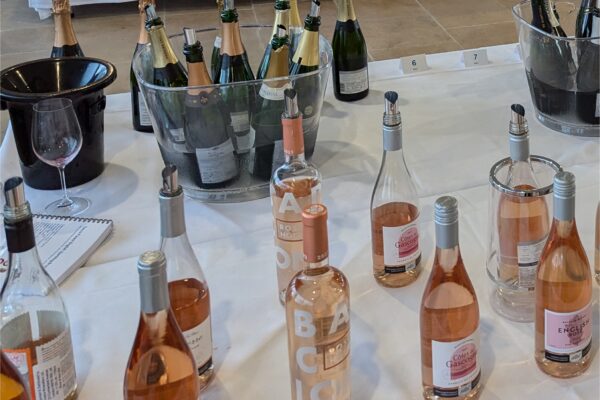
25% Off Wine at Tesco



